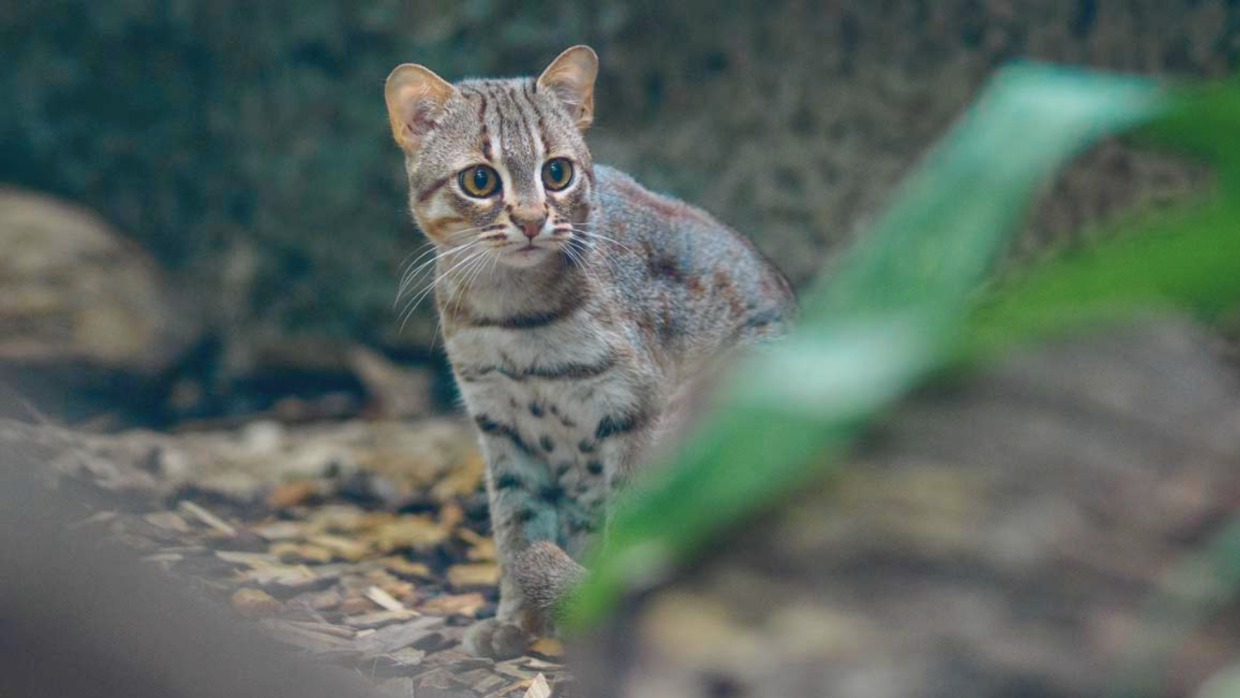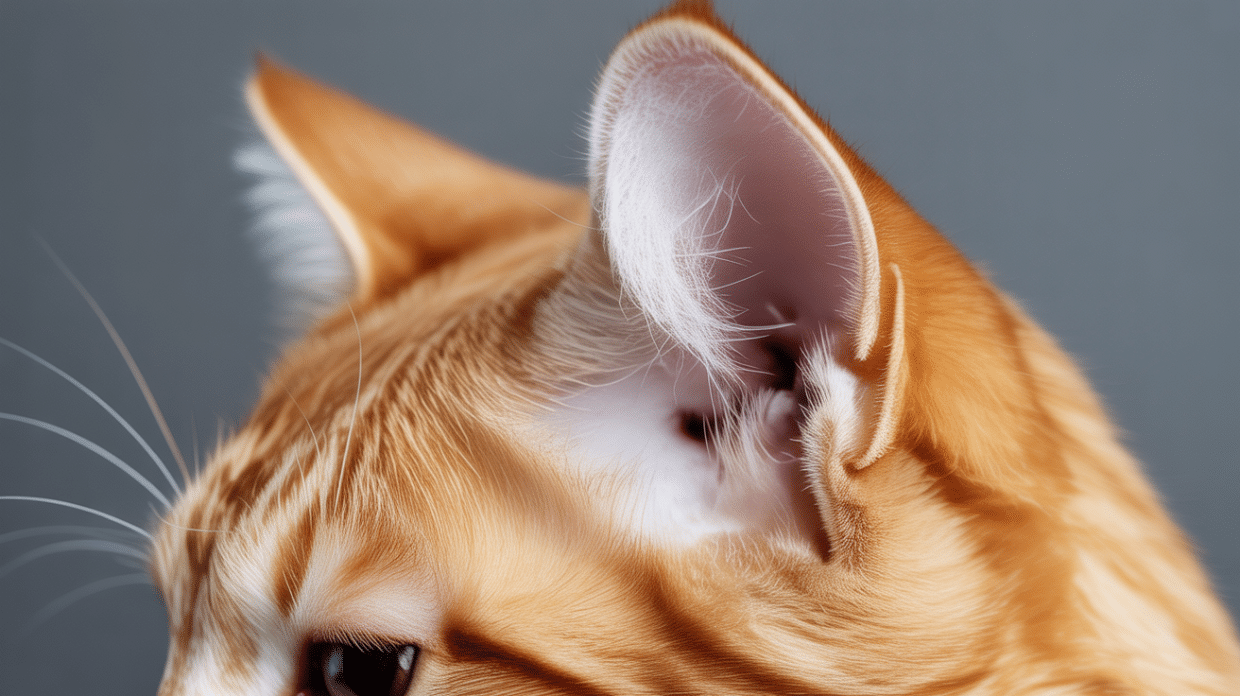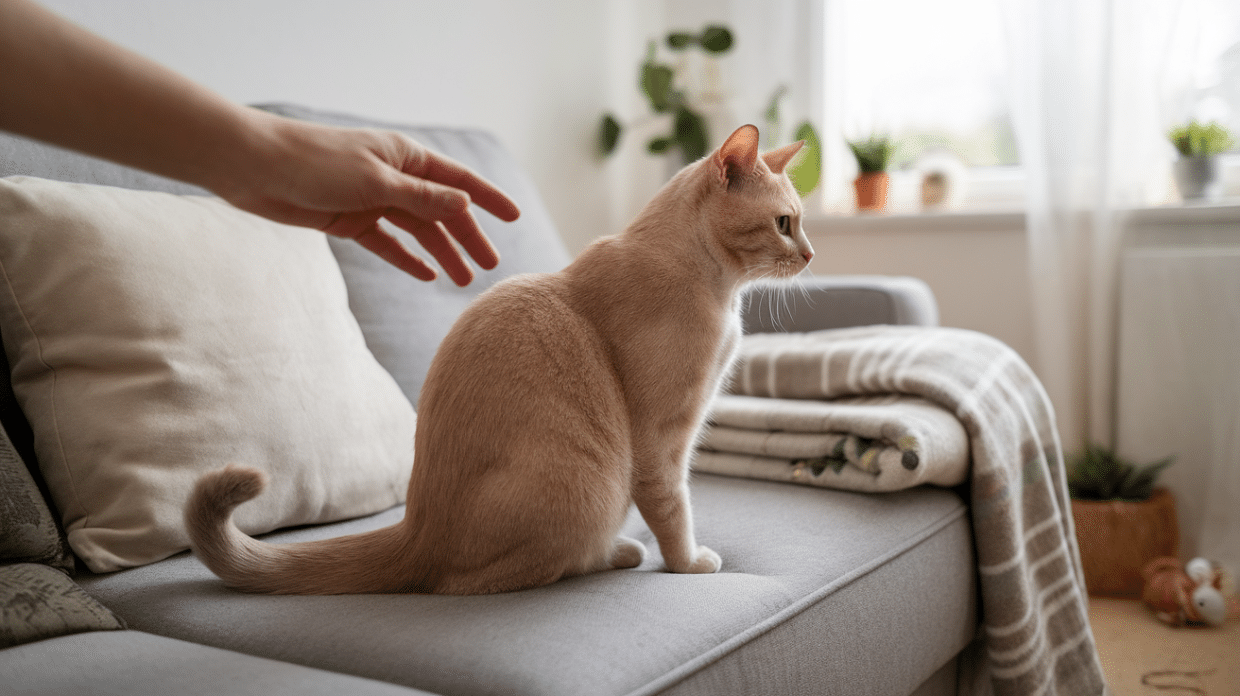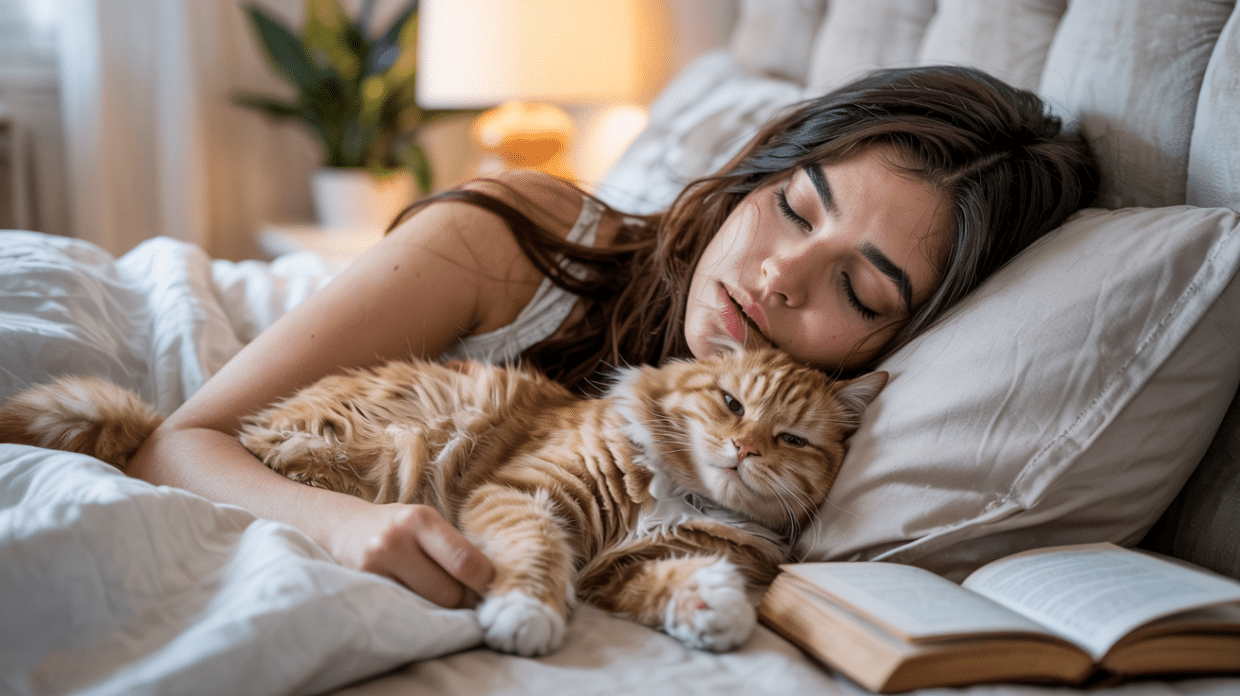Looking for a cat that’s a little wild but still makes a great pet?
The Jungle Curl Cat might be what you’re after. Some hybrids can be too much to handle, but this one brings exotic looks and a manageable personality.
With their curled-back ears and athletic build, these cats stand out in a crowd. But they’re also loyal, smart, and surprisingly easy to live with.
In this guide, you’ll learn about their origins, key traits, care needs, and how they compare to other hybrid breeds.
If you’ve been curious about owning a unique cat that’s both striking and sweet, keep reading.
Origins of the Jungle Curl Cat

The Jungle Curl Cat represents a thoughtful blend of wild and domestic cat genetics.
This hybrid combines the African Jungle Cat (Felis chaus) with the American Curl, creating a cat with both exotic features and home-friendly qualities.
The wild Jungle Cat parent contributes the athletic build, alert nature, and distinctive coat patterns.
These cats naturally inhabit wetlands and grasslands in regions across Africa, the Middle East, and parts of Asia.
From the American Curl side comes the breed’s signature feature—ears that curve backward in a gentle arc.
This trait first appeared naturally in a domestic cat in California during the 1980s.
The Curl genetics also help balance the wild instincts with more domestic behaviors.
This genetic mix results in cats that display remarkable awareness, impressive agility, and stronger territorial behaviors than typical house cats while still maintaining enough friendliness for human companionship.
Earlier generations show more wild traits, while later generations offer a more balanced temperament suitable for family settings.
I’ll create content for the “Key Characteristics” section about Jungle Curl cats. Let me know when you’d like me to proceed with the next heading.
Jungle Curl Cat: Key Characteristics
Appearance
Jungle Curl cats stand out with their distinctly curled ears, which bend backward in a smooth arc.
Their fur comes in short to medium length with a soft, plush texture that feels great to touch.
These cats typically have a medium build, with males weighing between 8-15 pounds and females slightly smaller at 6-12 pounds.
Their eyes are usually large and expressive, coming in various colors depending on their specific genetic background.
Temperament
These cats are known for their sharp minds and quick learning abilities.
They form strong bonds with their human families and show lots of love by following their owners around and seeking attention.
Jungle Curls have plenty of energy and need regular play sessions to stay happy.
They enjoy interactive toys and games that challenge their thinking.
Despite their active nature, they also appreciate quiet time and will often curl up next to their favorite people for naps.
Health Concerns
As a mixed breed, Jungle Curl cats may face some health issues from both sides of their family tree.
Possible problems include ear infections due to their unique ear shape, which can trap moisture and debris more easily than straight ears.
They might also have joint issues, dental problems, or heart conditions that need watching.
Regular vet check-ups are important to catch any early signs of these issues.
Lifespan
With good care, Jungle Curl cats typically live between 12-16 years.
Proper nutrition, regular exercise, dental care, and yearly vet visits all help extend their lives.
Indoor cats usually live longer than those allowed outdoors, as they face fewer risks from traffic, other animals, and diseases.
The Jungle Curl Cat’s Care Requirements
Grooming Needs
Jungle Curl cats need regular grooming to keep their fur in good condition. Brush them 1-2 times weekly to remove loose hair and stop mats from forming.
Their special curled ears require extra attention. Check them weekly for dirt buildup or signs of infection, and clean gently with a cotton ball and vet-approved solution when needed.
Avoid using cotton swabs that might push debris deeper into the ear canal.
Trim their nails every two weeks and brush their teeth regularly to prevent dental problems.
Feeding and Dietary Preferences
These cats do best with high-quality cat food rich in protein. Many owners find their Jungle Curls prefer wet food that matches their natural eating habits.
Feed adult cats twice daily, with portion sizes based on their weight, age, and activity level. Fresh water should always be available.
Some Jungle Curls may show interest in raw meat due to their wild background, but any raw diet should be planned with veterinary guidance to ensure it meets all nutritional needs.
Exercise and Mental Stimulation
Jungle Curl cats have lots of energy and need daily play to stay physically fit and mentally sharp.
Interactive toys, puzzle feeders, and climbing spaces help meet these needs. Plan for at least two 15-minute play sessions daily.
Cat trees, window perches, and scratching posts give them chances to climb and watch their surroundings, which satisfies their natural instincts.
Without enough activity, these smart cats might get bored and act out.
Training and Behavioral Considerations
Thanks to their smart nature, Jungle Curls can learn commands and even tricks with positive methods.
They can be taught to walk on leashes, use scratching posts instead of furniture, and come when called. Use treats and praise to encourage good behavior.
Some may show more wild traits like marking territory or strong hunting drive. Setting clear rules early helps manage these behaviors.
Most Jungle Curls adjust well to home life, but they need owners who understand their need for activity and mental challenges.
Are Jungle Curl Cats Good Pets for First-Time Owners?

Jungle Curl cats can be a good fit for first-time owners who are ready for an active, smart pet.
They need more time, play, and mental challenges than a typical house cat. Their wild ancestry gives them energy and curiosity, so they do best with people who are home often or can keep them engaged.
New owners should be prepared for a higher commitment in both time and budget—these cats cost more to adopt and care for.
However, their loyal nature, love of interaction, and trainable personality make them a rewarding choice for the right person.
Comparison with Other Hybrid Cats
Among hybrid cat breeds, Jungle Curls are one of the more balanced options for beginners.
Savannahs can weigh over 20 pounds and act more like wild animals than pets. Bengals are energetic, noisy, and need constant stimulation. Chausies are strong and territorial, requiring experienced handling.
In contrast, the Jungle Curls usually stay smaller, are quieter, and tend to form close bonds with their people. They still need space, play, and attention, but they’re easier to manage overall.
Jungle Curls offer a gentler introduction to hybrids for someone new to the breed who wants an exotic-looking but affectionate and trainable pet.
Conclusion
The Jungle Curl Cat stands out with its wild roots, curved-back ears, and balanced personality.
In this blog, we looked at the breed’s origins, key characteristics, and what it takes to keep one healthy and happy.
From grooming needs and diet tips to training advice and how they compare to other hybrids, you now have a solid overview of what to expect.
While they need more time, attention, and care than a typical house cat, Jungle Curls can be a great choice for owners who want something unique yet loving.
Their mix of exotic looks and home-friendly behavior makes them a rewarding pet.
Want more helpful tips and breed breakdowns? Check out our other cat care blogs on the website to keep learning.






